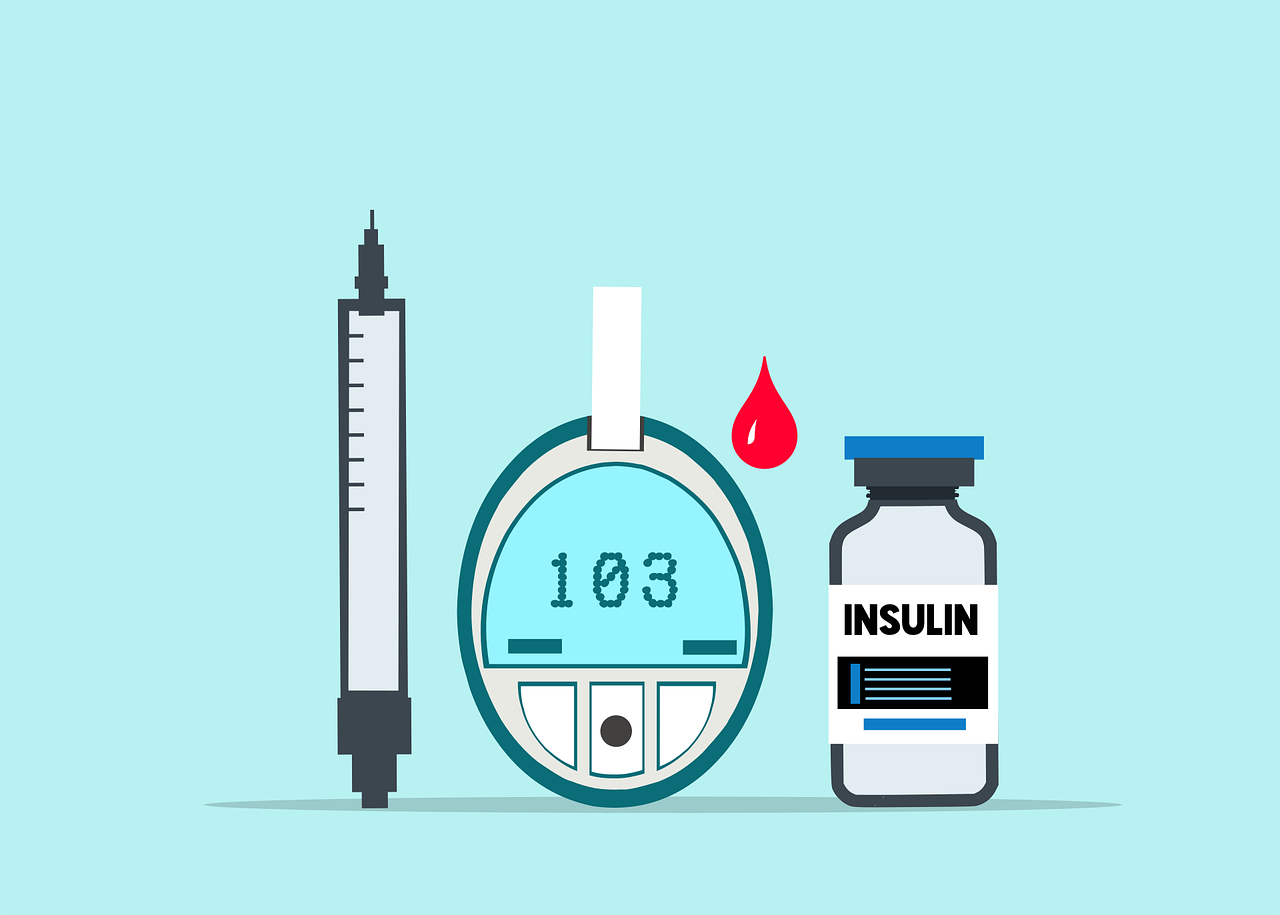
Introduction
Pirfenidone, a name that might sound complex, is a crucial medication for many individuals suffering from idiopathic pulmonary fibrosis (IPF). This guide aims to provide a comprehensive overview of Pirfenidone, shedding light on its uses, how it works, potential side effects, and more.
Uses of Pirfenidone
1. Idiopathic Pulmonary Fibrosis (IPF): IPF is a chronic, progressive lung disease characterized by the scarring of lung tissue. Pirfenidone is primarily prescribed to slow down the progression of IPF, helping patients maintain better lung function for longer.
2. COVID-19 Related Fibrosis: The aftermath of severe COVID-19 can leave some patients with lung fibrosis. There’s growing interest in using Pirfenidone to treat this condition, though research is still ongoing.
Note: This blog post is for informational purposes only and should not replace professional medical advice.
How Pirfenidone Works
At its core, Pirfenidone is an antifibrotic medication. While its exact mechanism remains a topic of research, it’s believed to reduce lung fibrosis by regulating the production of growth factors and certain proteins involved in the scarring process.
Side Effects and Long-Term Effects of Pirfenidone
Pirfenidone stands as a pivotal medication for many battling idiopathic pulmonary fibrosis. However, like all medications, it comes with its set of side effects. Being well-informed can empower patients to monitor and manage any potential adverse reactions effectively.
Common Side Effects of Pirfenidone
Digestive Issues:
- Abdominal pain and distention: Often felt in the upper stomach area.
- Diarrhea: Frequent loose stools.
- Dyspepsia: Commonly known as indigestion.
- Gastroesophageal reflux disease (GERD): A chronic condition where stomach acid frequently flows back into the tube connecting the mouth and stomach.
- Nausea and vomiting: Feeling queasy and the urge to throw up.
- Loss of appetite and weight loss: Reduced desire to eat leading to weight reduction.
Skin and Sensory Reactions from Pirfenidone
- Skin rash and itching: Red, irritated skin that may be itchy.
- Photosensitivity: Increased sensitivity to sunlight leading to severe sunburn or skin discoloration.
- Dizziness: Feeling lightheaded or unsteady.
- Fatigue: A constant feeling of tiredness or weakness.
- Headache: Pain or discomfort in the head.
Less Common but Severe Side Effects of Pirfenidone
Liver-Related Issues:
- Upper right stomach pain: Discomfort in the upper right quadrant of the abdomen.
- Jaundice: Yellowing of the skin or eyes.
- Dark or tea-colored urine: An indication of liver issues or dehydration.
- Easy bruising or bleeding: Due to altered liver function affecting blood clotting.
Respiratory and Cardiovascular Issues:
- Cough or hoarseness: Persistent coughing or a change in voice.
- Difficulty swallowing or breathing: Feeling of constriction in the throat or chest.
- Chest pain: Discomfort or pain in the chest area.
- Chills and fever: Symptoms often accompanying infections.
Potential Long-Term Effects of Pirfenidone
While the long-term effects of Pirfenidone are still under investigation, prolonged use might accentuate the risk of certain severe side effects, especially those linked to liver health. Regular medical check-ups and monitoring are paramount for those on this medication.
Dosage and Administration of Pirfenidone
Pirfenidone is typically available in tablet form. It’s usually recommended to:
- Take the medication with food to reduce potential stomach upset.
- Follow the prescribed dosage, typically three times a day.
- Store in a cool, dry place away from direct sunlight.
FAQs about Pirfenidone
- How does Pirfenidone compare to Nintedanib? Both are FDA-approved treatments for IPF. Some studies suggest combining the two might offer additional benefits, but this can also increase the risk of side effects.
- Is Pirfenidone expensive? The cost can vary based on region, insurance, and other factors. It’s best to consult with a local pharmacy or healthcare provider.
- Can Pirfenidone be used for other conditions? While its primary use is for IPF, research is ongoing for its potential in treating other fibrotic conditions, including those resulting from severe COVID-19.
- What is Pirfenidone primarily used for? Pirfenidone is a medication primarily prescribed for the treatment of idiopathic pulmonary fibrosis (IPF), a chronic lung disease characterized by scarring of lung tissue.
- How does Pirfenidone work in the body? While the exact mechanism remains a topic of research, Pirfenidone is believed to reduce lung fibrosis by regulating the production of growth factors and certain proteins involved in the scarring process.
- Are there any dietary restrictions while taking Pirfenidone? It’s generally recommended to take Pirfenidone with food to minimize potential stomach upset. However, always consult with a healthcare provider for specific dietary recommendations.
- How often should one undergo liver function tests while on Pirfenidone? Regular liver function tests are crucial due to the potential liver-related side effects of Pirfenidone. The frequency of these tests should be determined by a healthcare professional based on individual health profiles.
- Can Pirfenidone be used in conjunction with other medications for IPF? Pirfenidone can be used alongside other medications, but it’s essential to inform the doctor of all drugs being taken to avoid potential interactions.
- Is sun sensitivity a common side effect of Pirfenidone? Yes, photosensitivity or increased sensitivity to sunlight is a known side effect of Pirfenidone. It’s advisable to use sun protection and avoid prolonged sun exposure while on this medication.
- What should one do if they miss a dose of Pirfenidone? If a dose is missed, take it as soon as remembered. However, if it’s close to the time for the next dose, skip the missed dose and continue with the regular schedule. Do not double the dose to catch up.
- Are there any long-term studies on the effects of Pirfenidone? Research on the long-term effects of Pirfenidone is ongoing. While the medication has shown promise in managing IPF, it’s essential to stay updated with recent medical literature and consult with healthcare providers for the latest findings.
Conclusion
Pirfenidone stands as a beacon of hope for many IPF patients, offering a chance at a better quality of life. However, like all medications, it’s essential to use it under the guidance of a healthcare professional. If you or a loved one is considering Pirfenidone, we hope this guide has been informative. Always consult with a healthcare provider before making any decisions about medication.
Note: This blog post is for informational purposes only and should not replace professional medical advice.











